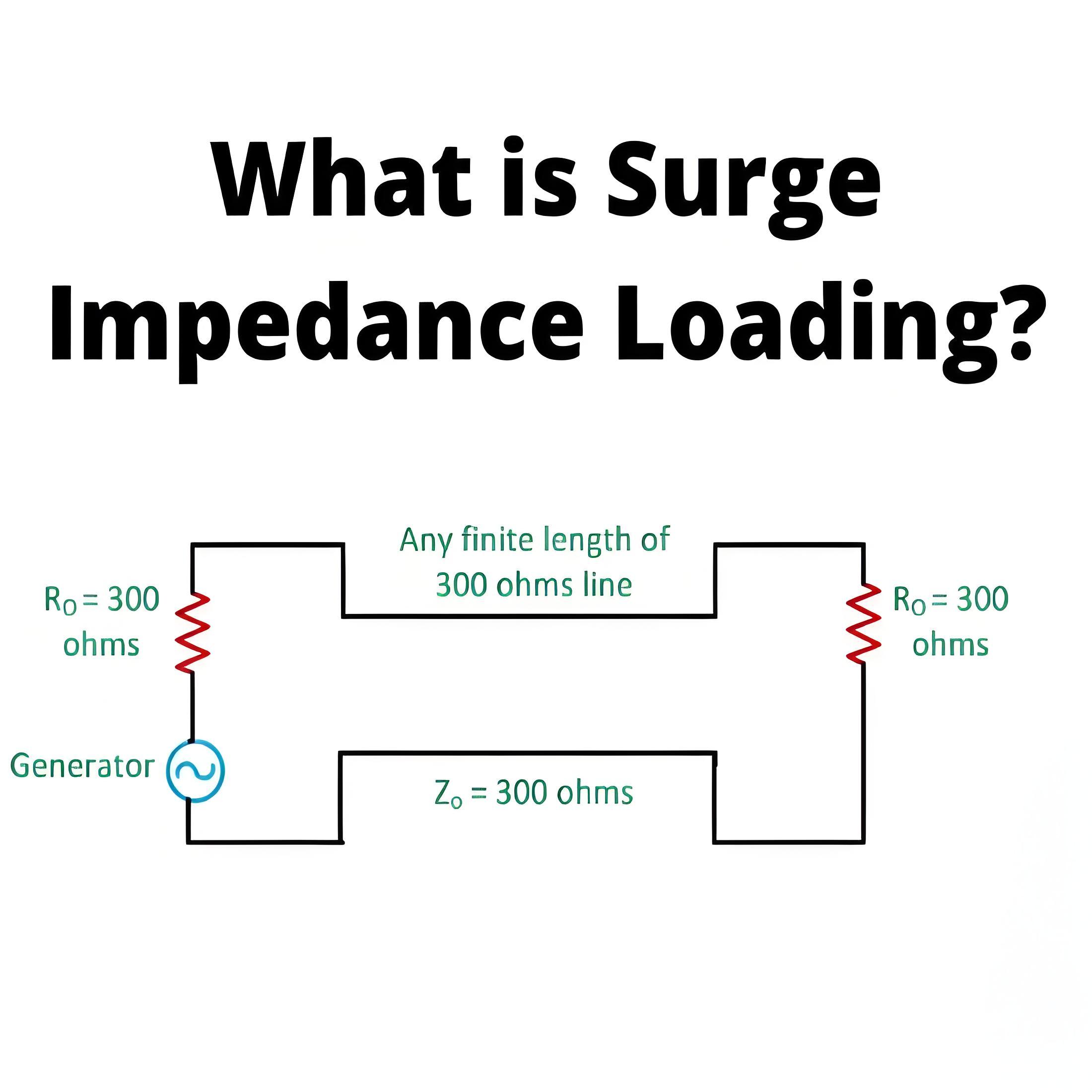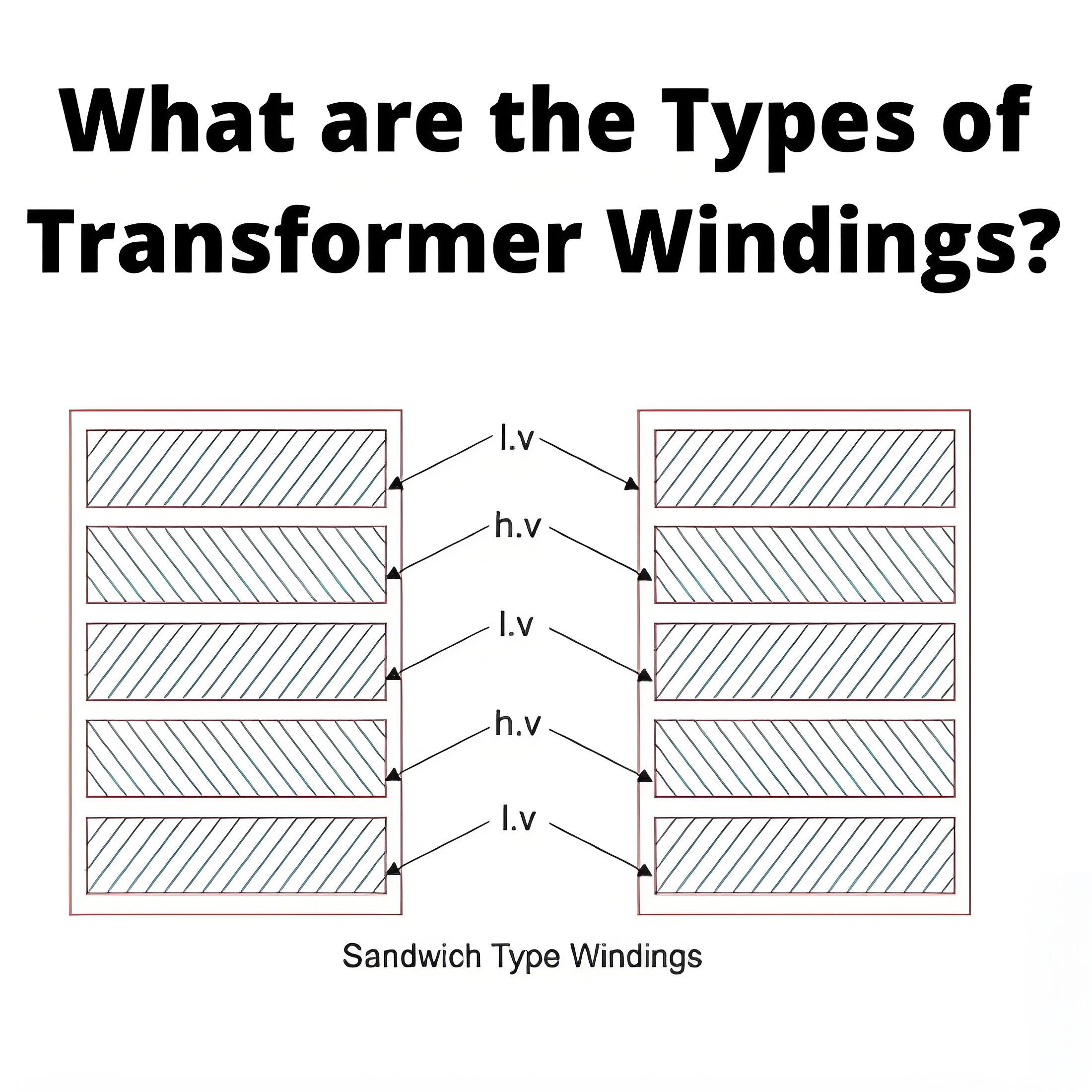A Low-Noise High-Gain Broadband Transformer-Based Inverter-Based Transimpedance Amplifier
In this paper, a transformer-based bandwidth (BW) extension technique is employed to improve the BW, noise, and silicon area of inverter-based transimpedance amplifiers (TIAs) even when they use inductive peaking. A TIA based on the proposed technique, designed and laid out in a 16-nm FinFET process, demonstrates a 36% increased in BW, a 19% reduction in input-referred noise, and a 57% reduction in silicon area compared to the conventional TIA with inductive peaking. In the proposed TIA architecture, inclusion of a transformer in the forward path compensates partially for the parasitic capacitances of the inverter and relaxes the transimpedance limit of the conventional TIA. The proposed technique also lowers the input-referred current noise spectrum of the TIA. Post-layout in companion with electromagnetic (EM) simulations and statistical analysis are employed to verify the effectiveness of the proposed architecture. Simulation results show that the TIA achieves a transimpedance gain of 58 dB
Source: IEEE Xplore
Statement: Respect the original, good articles worth sharing, if there is infringement please contact delete.
IEEE (pronounced "I-triple-E") stands for the Institute of Electrical and Electronics Engineers, a global professional organization dedicated to advancing technological innovation for the benefit of humanity. Founded in 1963 through the merger of the American Institute of Electrical Engineers (AIEE) and the Institute of Radio Engineers (IRE), IEEE has grown into the world’s largest technical professional society, with over 400,000 members across 160+ countries.













